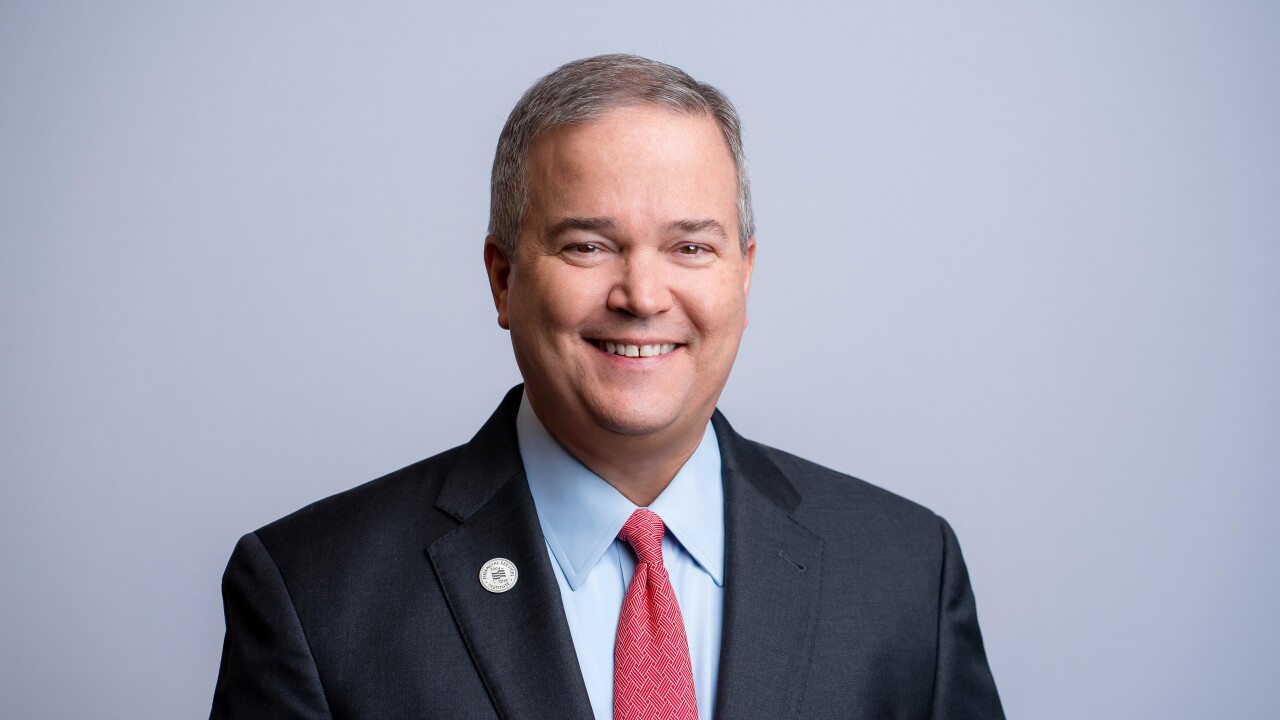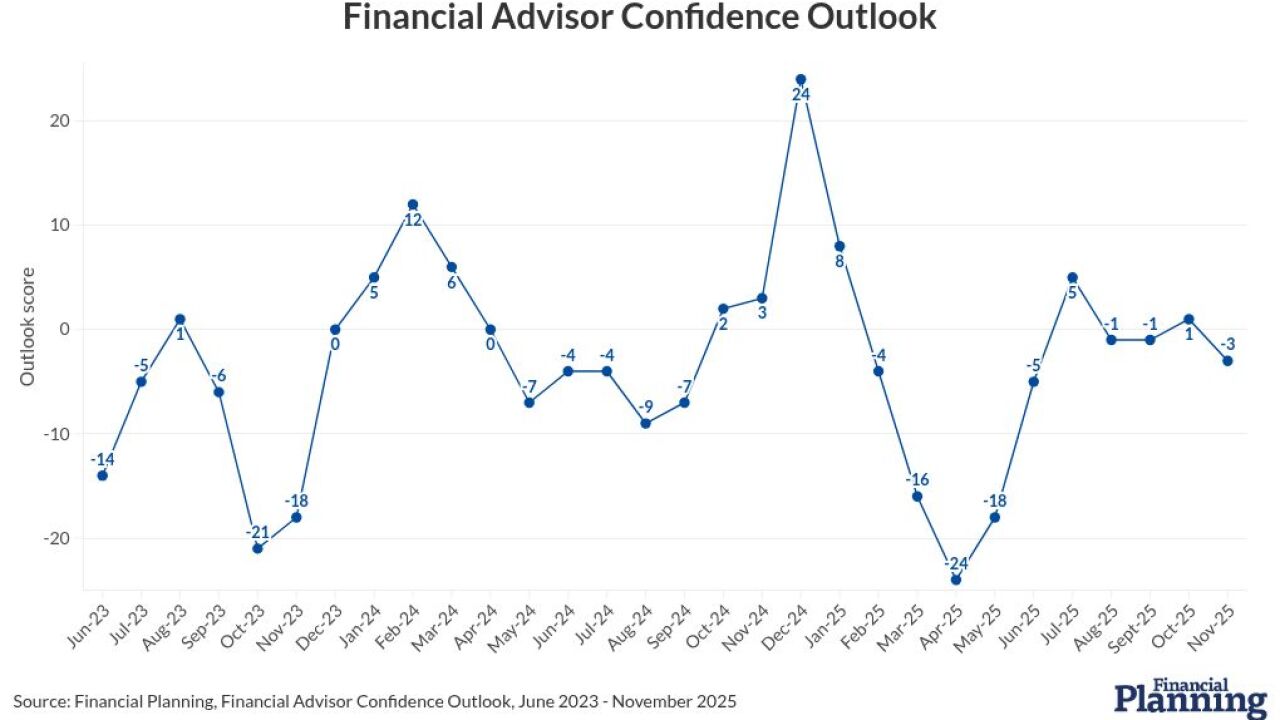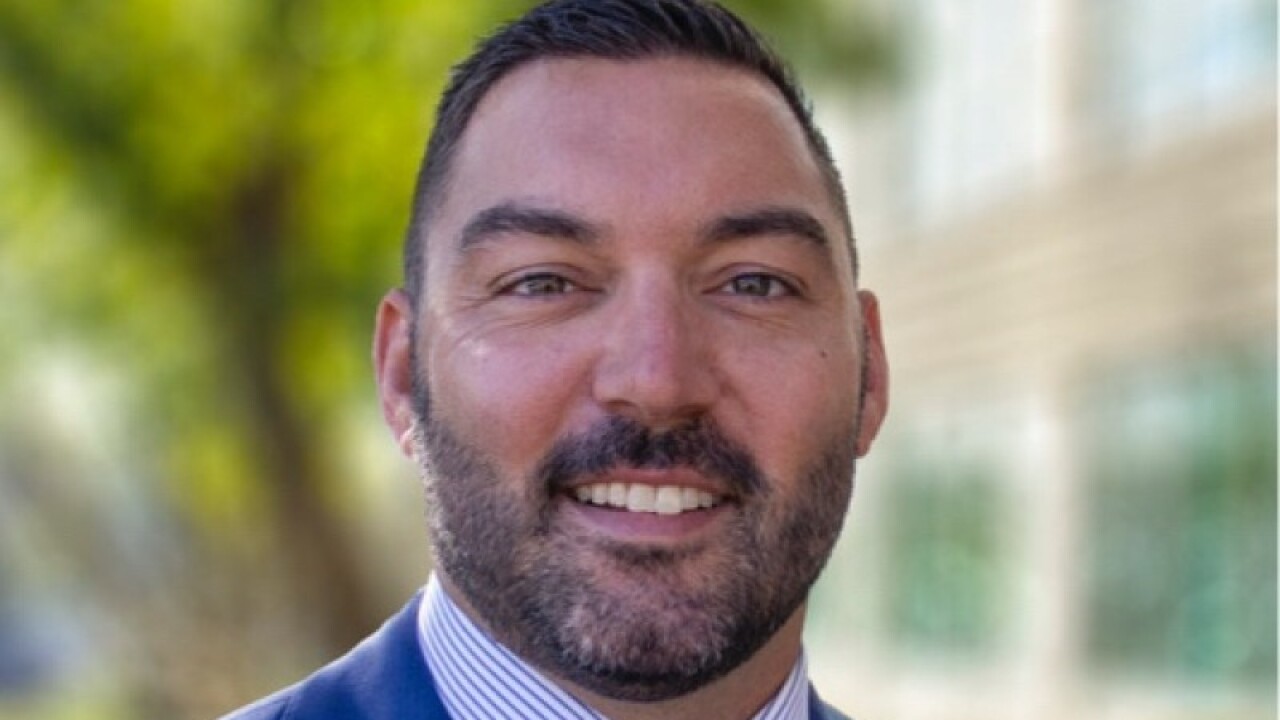Shortfalls in retirement savings have been widely regarded as a
Nearly two centuries ago, lexicographer Noah Webster
Back when Webster was doing his defining, 70% of white men over the age of 65 worked for a living. Official rates for women were lower, but probably only because their work — which often took place within the home — wasn't counted the same way. In reality, women didn't "retire" any more than men did.
The toil-until-you-die mentality was arguably a necessity, particularly on the hardscrabble family farms where most Americans lived and worked at the time. Historians have also
The small-scale industrial enterprises that were just beginning to transform the nation's economy also employed the old, but for different reasons. These firms often depended on family and community connections to recruit and retain workers. Owners and managers realized that putting older relatives to work would help them hire younger laborers as well.
Factories grew ever larger, but managers kept graying workers on the payroll. Some did so out of compassion, but others believed that older employees were more conservative and consequently less likely to succumb to radicalism and strikes. They could also be employed as "scabs" during times of labor unrest.
Beginning in the 1890s, though, men over 65
As reformers made inroads, companies became increasingly sensitive to productivity issues: They now needed to produce the same amount as before, but with far fewer hours. Inefficiencies that might have been acceptable in the past now became intolerable.
This spelled trouble for older workers. As the historian William Graebner
That development went hand in hand with a significant change in attitudes toward the elderly. A growing number of doctors, economists and advocates of "scientific management" began to disparage the elderly as sand in the gears of progress, though they rarely offered objective evidence to buttress their claims.
Typical of the new orthodoxy was Johns Hopkins University physician Willian Osler, who
That belief created two big problems that played out across American society. The first was that older workers didn't want to leave the workforce. Some may have simply feared poverty, but more than a few workers expressed unease that by abandoning their vocation, they would be giving up on life itself.
The second problem was that these retirements created a growing class of indigent elderly who essentially became wards of the state. In 1912, the first full-length study of the problem, Lee Squier's "Old Age Dependency in the United States," brought overdue attention to the issue.
While some companies and public employers offered pensions to support workers in their old age, many did not, just cutting employees loose at age 60 or 65. The poverty of worn-out workers, already a serious problem in the 1920s, become a full-blown crisis in the 1930s.
Many accounts of Social Security portray this New Deal program as the cornerstone of a new, more humanitarian approach to old age. But its origins suggest that other motivations played a role.
Barbara Armstrong, one of the first female law professors in the nation, helped write key provisions. She later recalled how President Franklin Roosevelt, eager to drive down the stubbornly high unemployment rate among the nation's youth, seized on retirement as a way to achieve this end. "The interest of Mr. Roosevelt was with the younger man," Armstrong later recalled.
The debate in Congress reflected this bias. Senator Robert Wagner argued that the new program would provide an incentive to the retirement of older workers that would "improve efficiency standards [and] make new places for strong and eager…". The unusual stipulations of Social Security — old-age benefits in exchange for a total exit from the workforce — reflected this bias.
Pushing older workers out of jobs to open up opportunities for the next generation became an unspoken dogma in the postwar era. The growth of private pensions, which supplemented Social Security, made retirement increasingly easy to sell as a new, desirable stage of life.
As Americans internalized the idea of retiring, they lost touch with its problematic origins. This amnesia made it difficult to imagine alternatives to retirement that did not involve a full-scale separation from the workplace, such as part-time work or other flexible arrangements.
And now that leaves the United States in an increasingly untenable position as it confronts a persistent labor shortage, with the workforce participation rate for people over the age of 65
There is a solution. Greater acceptance of
Companies and public agencies should put more effort into extending such part-time opportunities to their older workers instead of thinking of retirement as being either an all-or-nothing stage of life. We've moved beyond a strategy that was intended to solve the economic problems of a century ago. It's no longer what the nation needs — nor what many older workers want.







